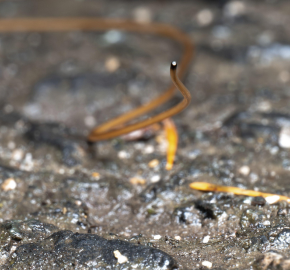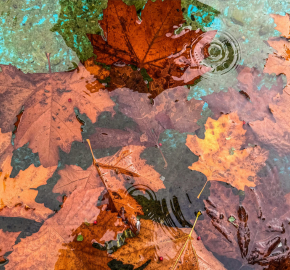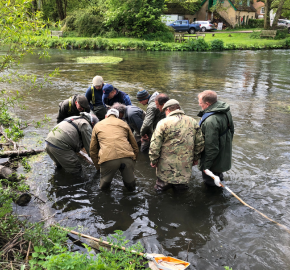The River Alyn: A SmartRivers Case Study
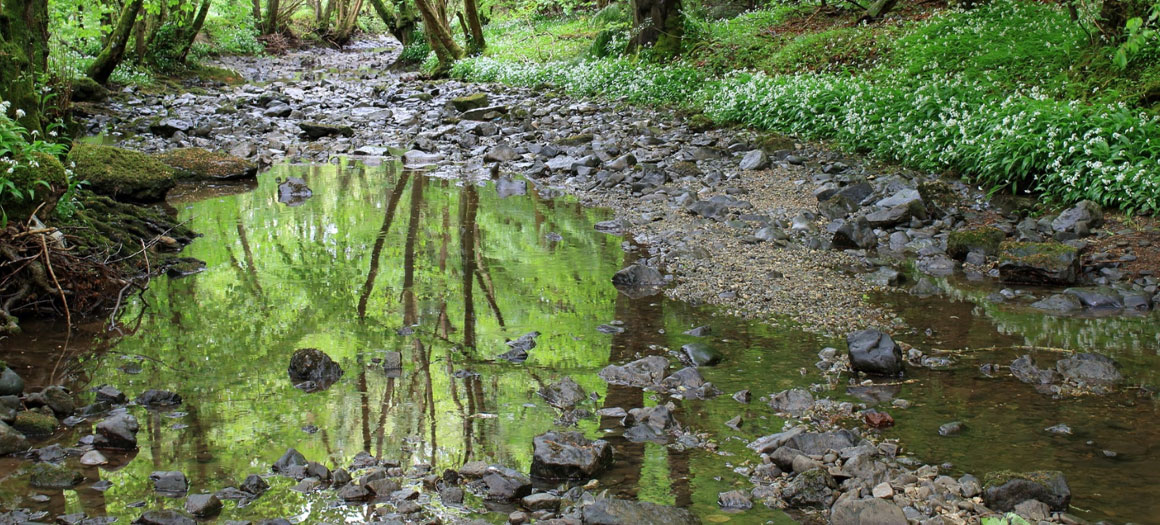
The River Alyn become a SmartRivers hub in May this year. We spoke to Mark Pierce, a Director at the Welsh Dee Trust, about the pressures facing wild fish habitats on the Alyn and how monitoring projects are helping prioritise restoration work.
TELL US ABOUT THE RIVER ALYN?
The Alyn rises in the Clwydian Hills and flows some 30 miles before reaching its confluence with the River Dee at Almere Ferry, to the East of Wrexham, North Wales. The river runs through a limestone gorge in Loggerheads Country Park making the water alkaline. This is unusual in Wales where most rivers are acidic and less fertile.
The River Alyn could be viewed as two rivers, divided by the swallow holes (a depression in the Earth’s surface where a river or stream disappears underground) found in Loggerheads Country Park. Water flows continually in the section of river above the country park but further downstream a large section runs dry because of the swallow holes.
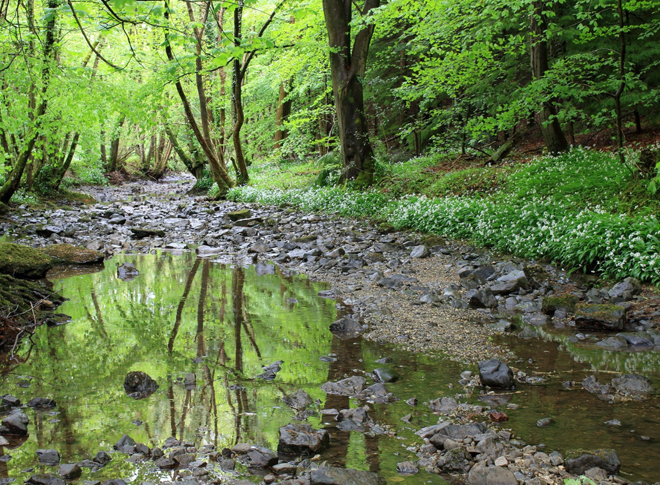
WHAT ARE THE MAIN CHALLENGES THAT THE RIVER FACES?
The river, and its wild fish populations, face several intrinsically linked challenges.
Extremes of flow (high in the winter and low in the summer), elevated levels of phosphorous (caused by a combination of low flows, water treatment works and diffuse rural pollution), lack of instream structures, imbalance in invertebrate communities, a lack of macrophytes and straightening of the river (which has contributed to the high energy flows) are all contributing factors.
During summer, the low flows are caused by water going down the swallow holes and ending up directly in the Dee Estuary via underground caves. In reverse, winter brings high energy flows rising 2 to 3 meters which cause bank erosion, movement of the riverbed and contribute to the lack of instream features. Over the last 20 years local angling clubs have tried to replicate these structures, but the high flows tend to wash a lot of them away. The high flows also contribute to the lack of macrophytes.
We have also seen a decline in salmonid juvenile recruitment, that said some tributaries have maintained recruitment levels.
Variable flow presents a considerable challenge for the Alyn but there has been some success in reducing its impact. A project by the Welsh Dee Trust fixed upstream facing groynes/deflectors and brash revetment to help lessen the strength of high flow, and the local angling club has worked over many years to establish Rannunculas, although with less success.
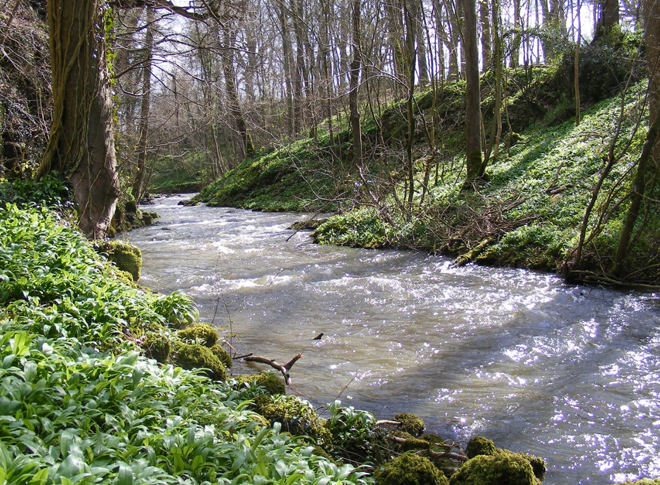
WHAT IS SPECIAL TO YOU ABOUT THE RIVER?
The Alyn is my local river and less than a mile away from home. I have spent 48 Sunday mornings a year for the last 20 years helping to make improvements to the river, working alongside the local angling club and the Welsh Dee Trust.
It is a special place for many in the local community and various volunteer-led monitoring and restoration projects are in place to improve the river.
The Anglers Monitoring Initiative (ARMI) has been taking place on the river for the past 15 years and gives a good profile of the river’s invertebrate communities, although not in the ratios we would like. Natural Resources Wales (NRW) commissioned surveys that have generated a number of proposed projects on the Alyn, led by a working group that comprises NRW, Alyn Anglers Group and the Welsh Dee Trust.
The projects taking place on the Alyn, in conjunction with the SmartRivers data we are collecting, can only benefit the long-term improvement of the river. We can see that the mitigation work undertaken is having some benefit with a natural head of brown trout and grayling now found in the river.
To find out more about becoming a SmartRivers hub and the benefits it can bring to local restoration projects, and in shaping national water policy, please visit the SmartRivers page or email smartrivers@wildfish.org

